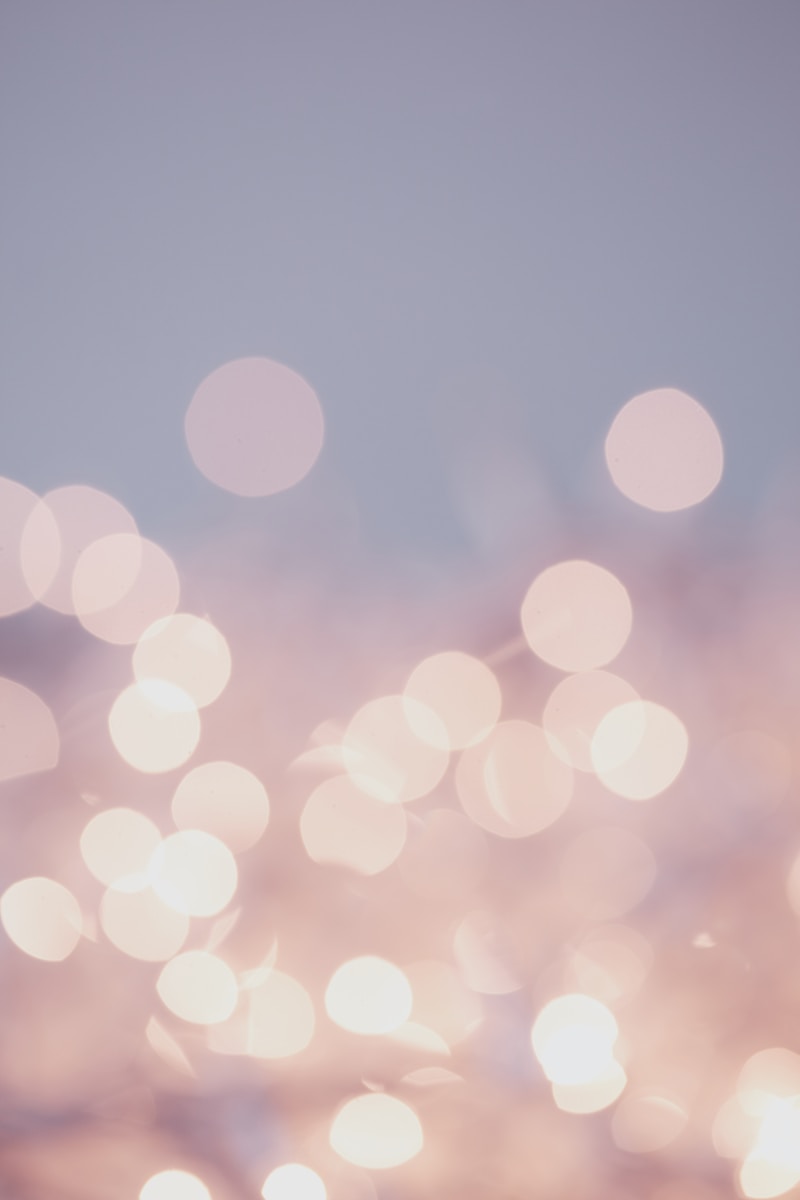Creating a Wedding Mood Board: Your Ultimate Guide to Design the Wedding of Your Dreams
Creating a Wedding Mood Board: Your Ultimate Guide to Design the Wedding of Your Dreams
Introduction to Wedding Mood Boards
Planning a wedding can be overwhelming, but creating a wedding mood board is an exciting way to start your journey. A mood board serves as a visual representation of your wedding style, helping you organize your thoughts and ideas into a cohesive theme. Whether you're envisioning a romantic, bohemian, or modern celebration, your mood board will be an invaluable tool in the planning process.
What is a Wedding Mood Board?
A wedding mood board is essentially a collage that encapsulates the style, colors, and aesthetic you want for your big day. It acts as a reference point that showcases different elements, such as color palettes, floral arrangements, typography, and more. By having a mood board, you can ensure that all your choices align with your vision for your wedding.
Why Create a Wedding Mood Board?
There are numerous benefits to creating a wedding mood board. Here are a few key reasons:
- Clarity: It helps clarify your ideas and gives you direction during the planning process.
- Coordination: A mood board allows you to see how different elements work together.
- Communication: It serves as a great communication tool for discussing your ideas with vendors, family, and friends.
How to Start Your Wedding Mood Board
Starting a mood board doesn't have to be complicated. Here are some simple steps to guide you through the process:
1. Define Your Wedding Style
Before diving into images, take some time to think about the overall style you want for your wedding. Do you want a traditional or more unconventional theme? Consider elements like colors, seasons, and locations. If you need inspiration, platforms like Pinterest can be filled with ideas.
2. Choose a Color Palette
Your color palette will be the foundation of your wedding theme. Pick 2-4 main colors and perhaps a couple of accent colors. Consider using tools like Adobe Color or Coolors to create a harmonious combination. Incorporating colored swatches in your mood board will help visualize the final look.
3. Gather Images and Inspirations
Next, start collecting images that resonate with your vision. Look for:
| Source | Types of Images |
| Wedding ideas, décor inspiration | |
| Magazines | Fashion and décor trends |
| Real weddings, vendor showcases | |
| Blogs | Advice, DIY projects |
Save these images in a folder or digital platform for easy access.
4. Create Your Mood Board
Once you have gathered enough images, it’s time to assemble your mood board. You can physically cut and paste images on a poster board, or use digital tools like Canva, Adobe Spark, or Moodboard. Consider including:
- Color swatches
- Photos of floral arrangements
- Fabric samples
- Typography styles
- Inspirational quotes

Using Your Wedding Mood Board in the Planning Process
Once your mood board is complete, it’s time to leverage it during the planning process. Here are a few tips on how to effectively use your mood board:
1. Selecting Vendors
Your mood board can guide discussions with vendors. Whether you're meeting with a florist, photographer, or venue manager, your mood board will help them understand your vision and offer suggestions that align with your style.
2. DIY Projects
If you plan to create some decorations yourself, refer back to your mood board for direction on colors, styles, and materials. It can help save you time and money by keeping you focused on your overall vision.
3. Collaborate with Your Partner
Share your mood board with your partner to inspire collaboration. Discuss what elements resonate with both of you to ensure that your wedding reflects your shared taste and personality.
Common Mistakes to Avoid When Creating a Wedding Mood Board
While creating a mood board can be fun, there are common pitfalls to be aware of:
Inconsistent Themes
Ensure that the images you select share a common theme. An inconsistent mood board can lead to confusion during the planning stages.
Overloading with Images
While it's tempting to include every piece of inspiration you find, too many images can dilute your message. Stick to a balanced selection that represents your vision clearly.
Ignoring Budget Constraints
As you create your mood board, keep your budget in mind. It's easy to get carried away with lavish ideas, but practicality is essential. Select elements that are not only beautiful but also feasible within your budget.
Conclusion
Creating a wedding mood board is a fantastic way to visualize and organize your ideas as you plan one of the most significant days of your life. It helps you capture your essence and style while ensuring that everything from your décor to your attire aligns with your vision. Don’t forget to review your mood board regularly and adjust it as needed based on your evolving preferences and budget considerations. Happy planning!
